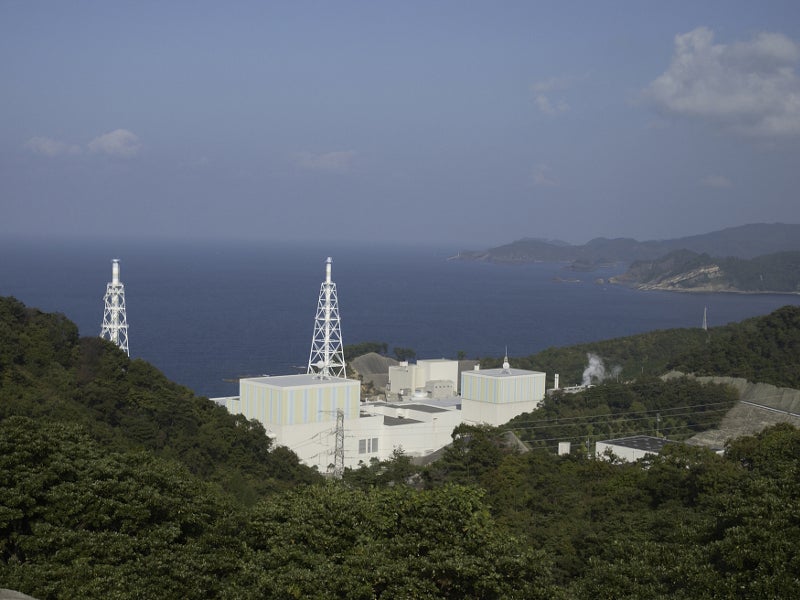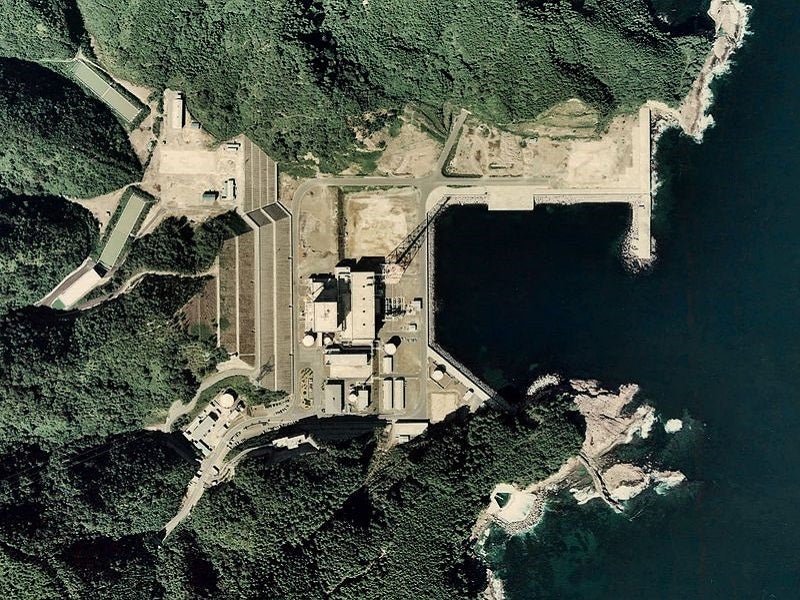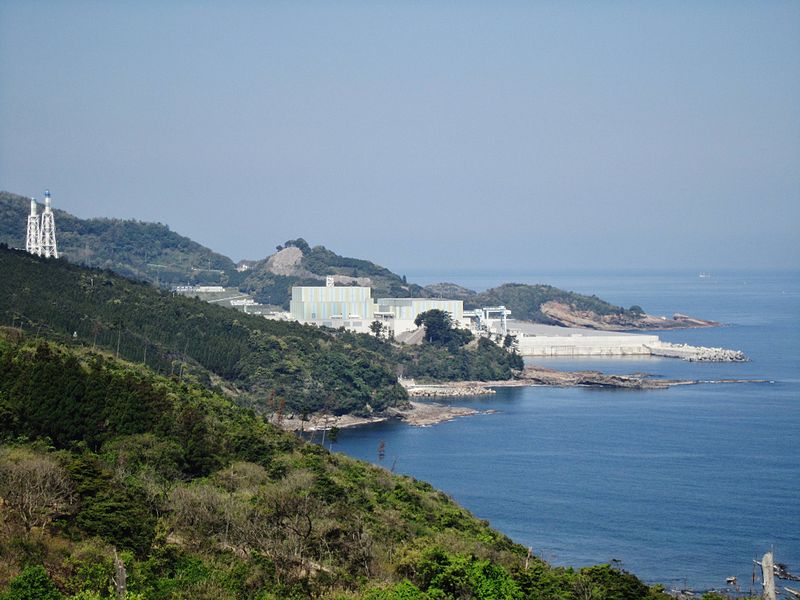The 1,373MW Shimane 3 nuclear power plant (NPP) is being constructed in Matsue-shi in the Japanese prefecture of Shimane.
Owned and operated by Chugoku Electric Power, the construction of the NPP started in December 2005. The unit was originally expected to be commissioned in December 2011 but the construction work was suspended in April 2011 due to the Tohoku earthquake and tsunami in March 2011. Approximately 94% of the construction work was completed by that time.
The safety standards of the nuclear energy industry were subsequently revised by the government. The company submitted an application to Japan’s Nuclear Regulation Authority (NRA) for review of the NPP’s compliance with the new safety standards in August 2018.
The unit one and unit two of the Shimane NPP were commissioned in March 1974 and February 1989 respectively. Chugoku Electric Power ceased the operations of unit one in April 2015 and is expected to decommission the unit by 2046, while unit two was shut down temporarily for periodic inspection and renovation.
Shimane 3 NPP location
The Shimane NPP site spans across an area of approximately 200ha in Kashima-cho, Matsue-shi city, Shimane Prefecture.
The NPP site is surrounded by six cities within a radius of 30km with a total population of 470,000. Therefore, its measures for disaster relief, including emergency evacuation, raised concerns during the plant development.
Shimane 3 NPP details
The Shimane 3 NPP is being constructed using the modularisation technology. The technology improves workplace safety and quality while reducing the costs involved in the project.
The NPP will contain a hydraulic control unit (HCU). The room module of the HCU has a gross weight of 270t. It comprises the structures of the building, including, floor, walls and ceiling, as well as mechanical components.
The mechanical components include process piping and support, heating, ventilation and air conditioning (HVAC) duct and support, cable tray and support, electric cable piping, chain block monorail for HCU maintenance, which are pre-fabricated and installed in the HCU room.
The modular components were placed onsite using large crawler cranes. The HCU walls are made of steel plate reinforced concrete and the floor of the HCU room features reinforced steel skids. The reactor pressure vessel for unit three was installed in July 2009.
Shimane 3 nuclear reactor details
Shimane 3 will have an advanced boiling water reactor (ABWR), a third-generation, direct cycle light water reactor with a design life of 60 years. The ABWR reactor design with improved technology in electronics, computer, turbine and fuel was certified by the US Nuclear Regulatory Commission (NRC) in May 1997.
The reactor has a very low core damage frequency of 1.6 x 10-7 per year. It features internal reactor circulation pumps, compact reactor building integrated with containment vessel, optimised modularisation, screw mechanism-controlled control rod drives, improved radiation source elimination, digital control and safety systems.
The safety features of the reactor include passive core debris flooding capability, protection against containment overpressure, three on-site emergency diesel generators, and a combustion turbine.
Improved safety features of the Shimane 3 Nuclear Power Plant
The NPP site has 15m-high sea walls above sea level towards the sea for protection against potential tsunamis up to 11.6m high. The water coming towards the NPP during tsunamis will be prevented from entering into the plant by advanced watertight doors.
The cooling systems can run on gas-turbine, vehicle-mounted generators in case of power failure, while its control system can be powered by direct-current (DC).
Contractors involved
Hitachi-GE Nuclear Energy was contracted for the full plant construction of the Shimane 3 NPP. The company partnered with Japanese construction firm Kajima for the design and assembly of the HCU room modules.






